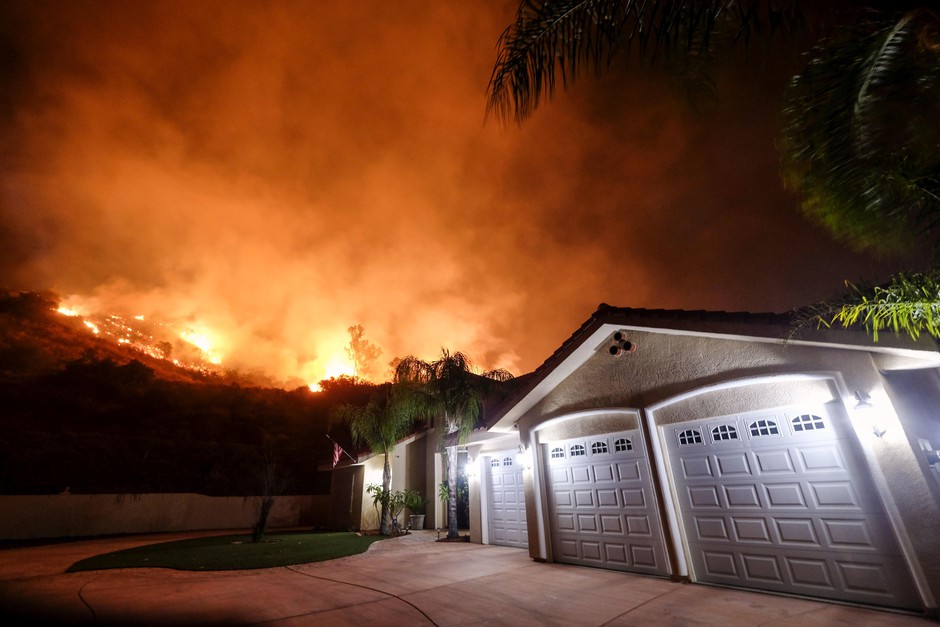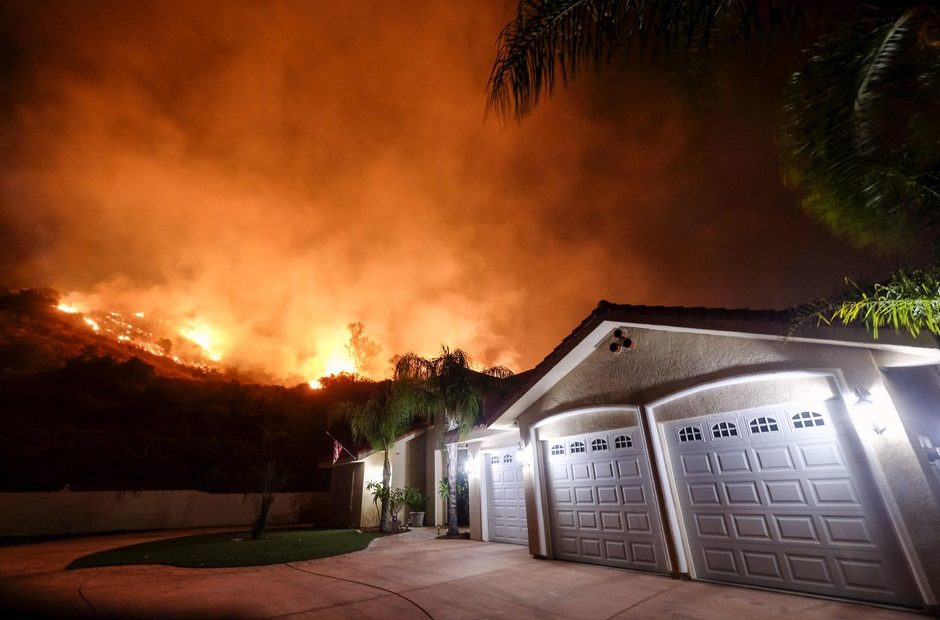
Analysis Reveals Northwest Communities Most Threatened By Wildfire
A small number of Northwest communities have an outsized level of exposure to wildfire, according to data released by the Forest Service.
The analysis, done by Montana-based firm Pyrologix and the Forest Service, identified 100 communities in Oregon and Washington with the highest cumulative risk of wildfire, based on the probability of burning and the number of housing units exposed to fire. Those 100 communities account for only about 15 percent of all the housing analyzed, but nearly 75 percent of housing exposed to wildfire, the analysis found.
In Washington, the cities of Leavenworth, Ellensburg, Selah, Spokane and Wenatchee top the list. In Oregon, the list is headed by Merlin, Redwood, Medford, Bend and Warm Springs.
These top-100 communities face a greater threat of significant home losses from wildfire, but also offer the most potential for reducing risk. The concentration of wildfire exposure in a small number of communities offers a clearer picture of where state, local and federal officials can target mega-fire prevention. Those efforts typically include prescribed burning, homeowner education and fire resilient development and building codes.
“Here’s our list, here’s our concern. What are we gonna do about it?” said Rick Stratton, a fire analyst with the Forest Service who worked on the analysis. “‘We’ — meaning all of us. We can’t just look at the homeowner, or the state, or the feds. Everyone — that’s where we can be most successful.”
Fire seasons have grown longer and more intense in recent years, testing firefighting resources and community resilience. As communities across California are facing unprecedented wildfire devastation, this latest analysis represents an attempt to identify the potential for such devastation in Oregon and Washington.
Earlier this month, the University of Washington and the Nature Conservancy published a study showing more than 12 million people across the country live in areas with significant fire potential and lack sufficient resources to prepare or adapt to fire. The researchers found racial and ethnic minority communities are far more vulnerable to wildfire than predominately white communities.
Copyright 2018 Oregon Public Broadcasting
Related Stories:
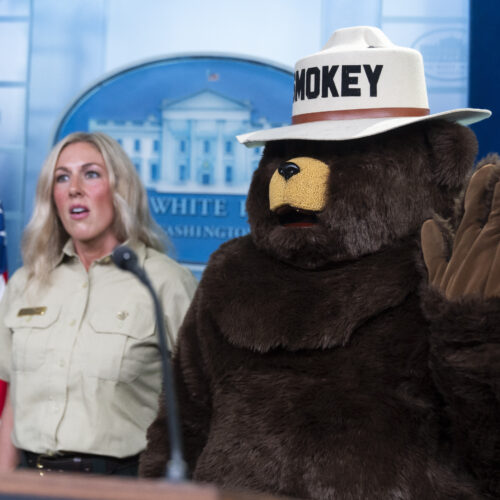
Conservation icon Smokey Bear celebrates his 80th birthday
Smokey Bear visits the press briefing room of the White House. He is accompanied by Darci Drinkwater, of the U.S. Forest Service, on Tuesday in Washington, D.C. (Credit: Manuel Balce
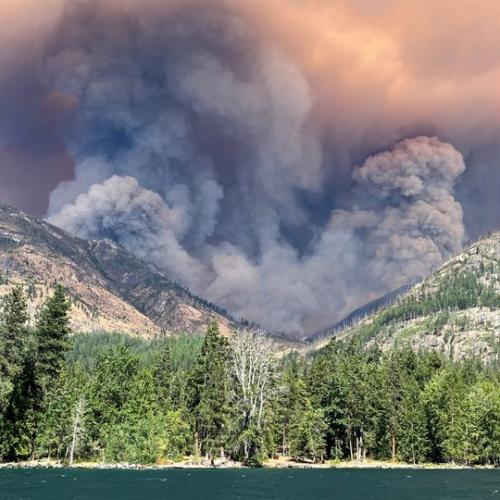
Washington deals with peak fire season conditions, state agencies ready to respond
Everyone watching fires around Washington this week held their breath as about 600 lightning strikes hit the landscape across the state.
The Washington State Department of Natural Resources, who, alongside agency partners, prepared for those conditions this week by pulling in out-of-state resources and pre-positioning crews. The lightning strikes ignited at least two fires in the state, the Easy fire and Swawilla fire. According to a public information officer on the Swawilla fire, a series of fires started from lightning strikes on the Colville Reservation this week.
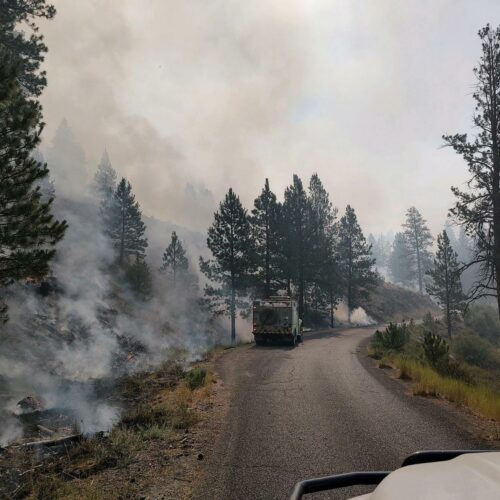
Around the Northwest, hot, dry, windy weather fuels fires
Dry, hot and windy conditions have communities on alert for wildfire danger across the Pacific Northwest. Those conditions propelled fire growth over the weekend, and more of the same weather is expected this week.

